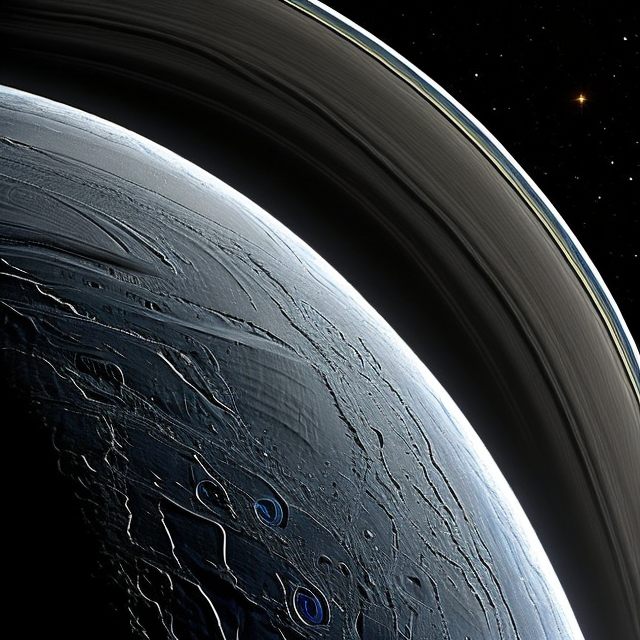|
|
Space Astro
|
Info for exoplanet "Noqaso'gy"
| Scientific (actual) data |
|---|
| Planet | Kepler-1031 b |
| Planet status | Confirmed |
| Radius | 0.078 |
| Orbital period | 1.22622 |
| Discovered | 2016 |
| Updated | 2021-02-05 |
| Tconj | 2454970 |
| Publication | Announced on a website |
| Detection type | Primary Transit |
| Alternate names | 2MASS J19442153+4857193 b, K01972.02, KIC 11253711 b, KOI-1972 b, KOI-1972.02, WISE J194421.53+485719.3 b |
| Star name | Kepler-1031 |
| Right ascension | 296.09° |
| Declination | 48.96° |
| Mag j | 12.702 |
| Mag h | 12.401 |
| Mag k | 12.353 |
| Star distance | 741 |
| Star metallicity | 0.03 |
| Star mass | 1.09 |
| Star radius | 1.12 |
| Star age | 3.39 |
| Star temperature | 6011 |
| Star alternate names | 2MASS J19442153+4857193, KIC 11253711, KOI-1972, WISE J194421.53+485719.3 |
| Wikipedia article | Kepler-1031 b |
Back
| |
| Fictional info (?) |
|---|
| Suggested name | Noqaso'gy |
| Planet type | Cold planet |
| It has the longest rotation period (445 days) of any planet in its solar system and rotates in the opposite direction to most other planets.
It is named after the deity Noqaso'gy, the bringer of the underworld.
Two spacecraft have visited Noqaso'gy: Wayfinder 8 flew by 23 years ago; and Messenger, launched 8 years ago, orbited Noqaso'gy over 130 times in four years before exhausting its plasma drive and crashing into the planet's surface 5 years later. |
| Atmosphere | Methane | 85% |
| Xenon | 8.2% |
| Carbonyl sulfide | 6.3% |
| Atmospheric pressure | 0.6 bar |
 |
| No known satellites |
| Google search for Noqaso'gy |
|
Website by Joachim Michaelis
|
|
|
|